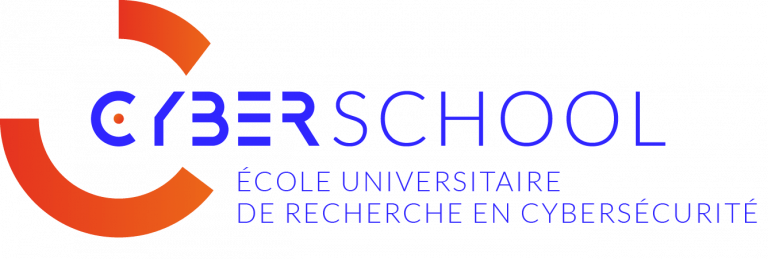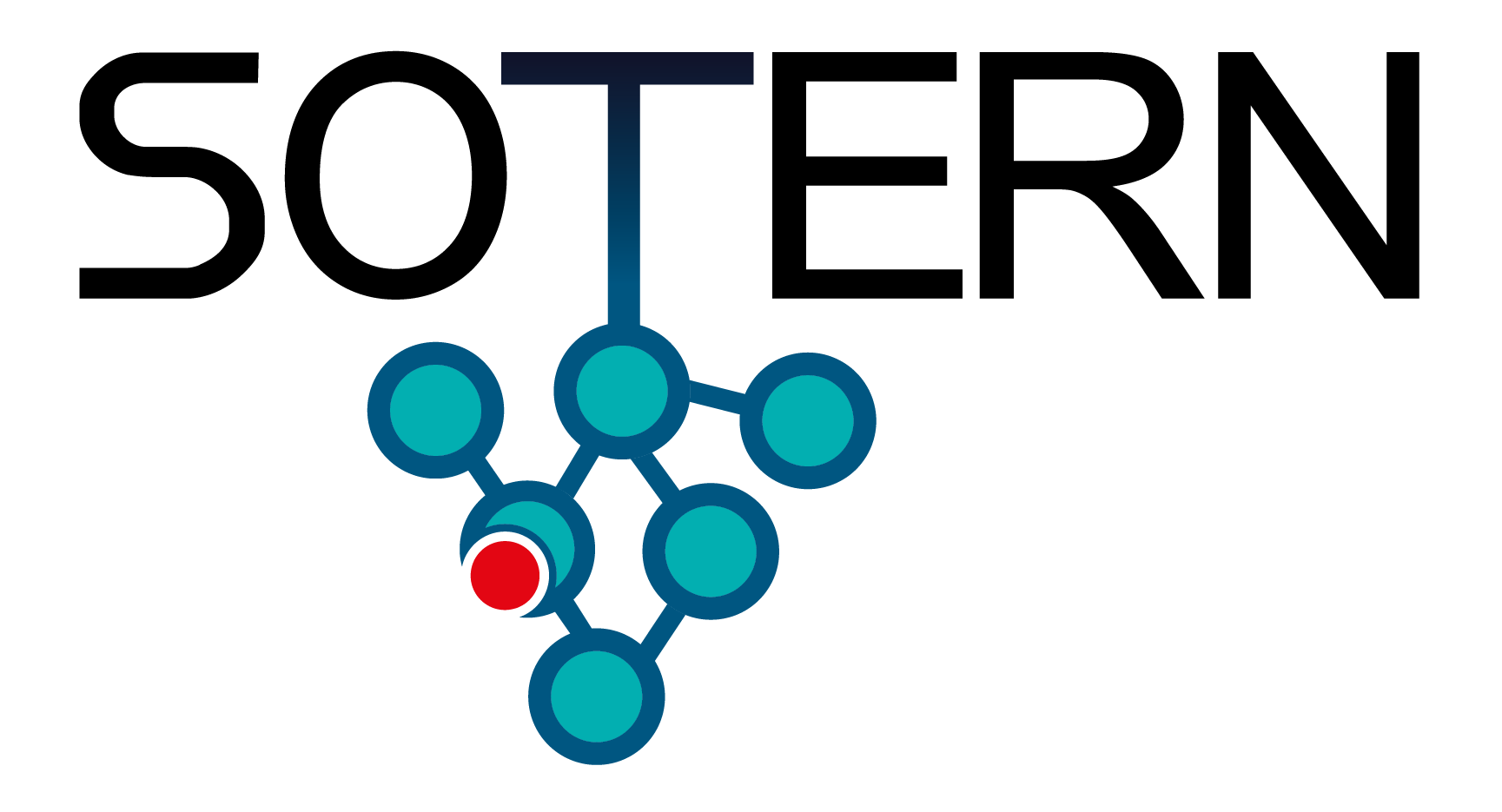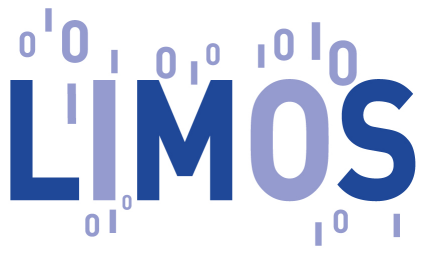The increasing adoption of Machine Learning (ML) models has raised concerns about their robustness to adversarial attacks. In the context of Network Intrusion Detection Systems (NIDS), adversarial attacks consist of manipulating the network traffic to degrade system performance by either performing evasion or inducing alarm fatigue. This study examines the vulnerability of Graph Neural Networks (GNN)-based NIDS under problem-space constraints, where attackers can only create new communications towards specific IP addresses, while ensuring consistency with network protocols. We demonstrate that these attacks constitute a weakly submodular optimization problem, solvable with simple greedy search algorithms. Our preliminary results confirm that injecting a few well-chosen connections significantly increases false alarms in state-of-the-art GNN-based NIDS. Finally, we outline a roadmap for future work on evasion attacks and the transferability of attacks across different GNN models.
|
|
|
|
Towards Problem Space-constrained Adversarial Attacks against Graph Neural Network based Network Intrusion Detection Systems
1 : Université de Rennes
Université de Rennes
2 : L'Institut National de Recherche en Informatique et en Automatique
L'Institut National de Recherche en Informatique et e n Automatique (INRIA)
3 : Institut de Recherche en Informatique et Systèmes Aléatoires
Université de Rennes, Institut National des Sciences Appliquées - Rennes, Université de Bretagne Sud, École normale supérieure - Rennes, Institut National de Recherche en Informatique et en Automatique, CentraleSupélec, Centre National de la Recherche Scientifique, IMT Atlantique, Institut National de Recherche en Informatique et en Automatique
4 : Université de Rennes
Université de Rennes
5 : L'Institut National de Recherche en Informatique et en Automatique
L'Institut National de Recherche en Informatique et e n Automatique (INRIA)
6 : Télécom SudParis
(TSP)
Telecom SudParis, Samovar-UMR 5157 CNRS, University of Paris-Saclay, France
9 rue Charles Fourier -91011 Evry Cedex -
France
7 : Laboratoire Instrumentation Intelligente Distribuée et Embarquée (CEA, LIST)
CEA-LIST
|











